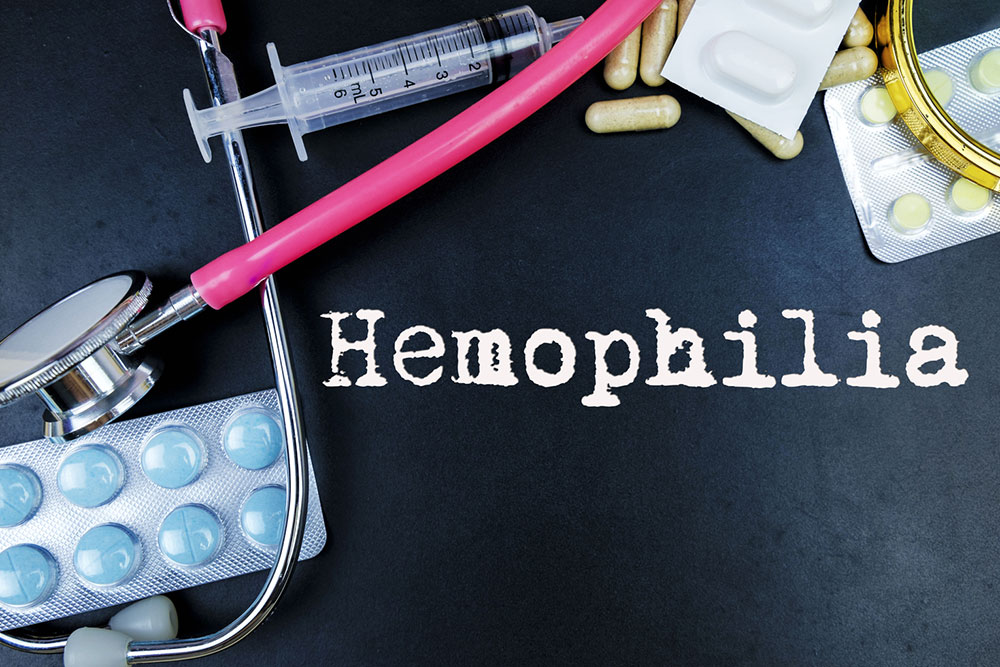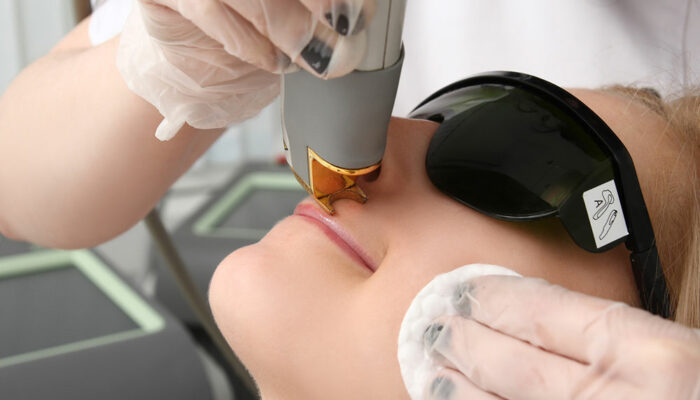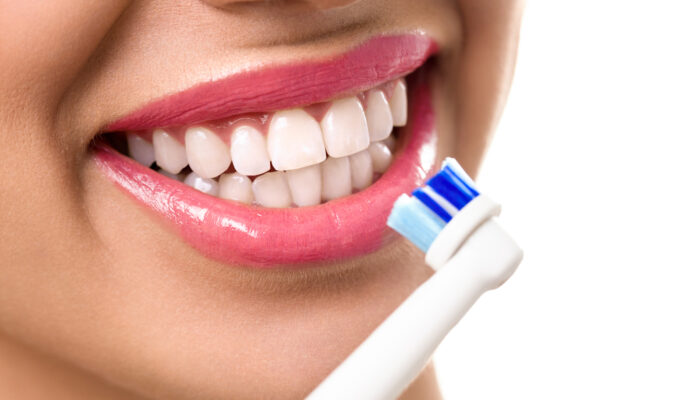
Treatment Methods for Hemophilia
Generally, along with symptoms and various causes, blood tests are conducted to determine the inadequacy of any blood clotting factor. Different clotting factors are related to different types of hemophilia. Hemophilia diagnosis and treatment depends on the causes as well as the severity of the disease in patients. Various medications and therapies are available for treating hemophilia patients. This article discusses these treatment methods.
1. Replacement therapy
If the patient is suffering from moderate or severe hemophilia, this medication is applied to deal with the ongoing bleeding. It involves replacing the particular clotting factor that is associated with that form of hemophilia, through a tube in the vein. Patients can receive this type of medication at their home regularly to avoid episodes of bleeding. Depending on their health condition, some patients receive this treatment continuously.
2. Selecting the best product as well as the ideal infusion method
The severity of these health conditions plays an important role in hemophilia diagnosis and treatment. Concentrates of clotting factors can be developed from the human plasma that is collected from blood donors, or could be created in the laboratory using recombinant technology. The use of concentrates produced from the plasma has been in practice for a long time. The recombinant products, however, are considered safer as they avoid the transmission of infectious diseases through the blood.
3. Fibrin sealants
These forms of medication are directly applied to the site of the wounds. They help in promoting clotting, thereby speeding up the healing process. They are most effective in dental therapies.
4. Desmopressin
Based on the symptoms the patients are experiencing, hemophilia diagnosis and treatment are determined. Desmopressin medication is effective only for patients with mild hemophilia A. As a result, patients with moderate or severe hemophilia or even hemophilia B will not experience better results if this medication is used by them. It is administered either by injecting into a vein or in the form of a nasal spray. This hormone can stimulate the body for releasing more blood clotting factors.
5. Clot preserving medications
These are used for preventing the blood clots from breaking down.
6. Physical therapy
If the internal bleeding is causing damage to joints, physical therapy can help in easing the symptoms related to hemophilia. However, if the damage is severe, patients might need surgery.
7. Bringing changes in lifestyle and using home remedies
To ease the symptoms of hemophilia, patients can also bring some changes in their lifestyle to improve their quality of life. The following changes are expected to bring some positive results in patients:
- Regular exercise
Physical activities such as walking, riding a bicycle, or swimming can help in strengthening muscles while protecting the joints. However, playing sports that involve lots of physical impact such as wrestling or football is not safe for those suffering from hemophilia.
- Protect children from getting injuries
By using knee pads, helmets, and safety belts, one can protect their children from getting injuries via accidents or falls. It is also advised to get rid of furniture that might have sharp edges.
- Avoid certain pain medication
Certain pain-relief medications such as aspirin and ibuprofen can worsen the bleeding condition. Therefore, one can use acetaminophen (Tylenol and others) for getting relief from their pain as they are considered safer.



